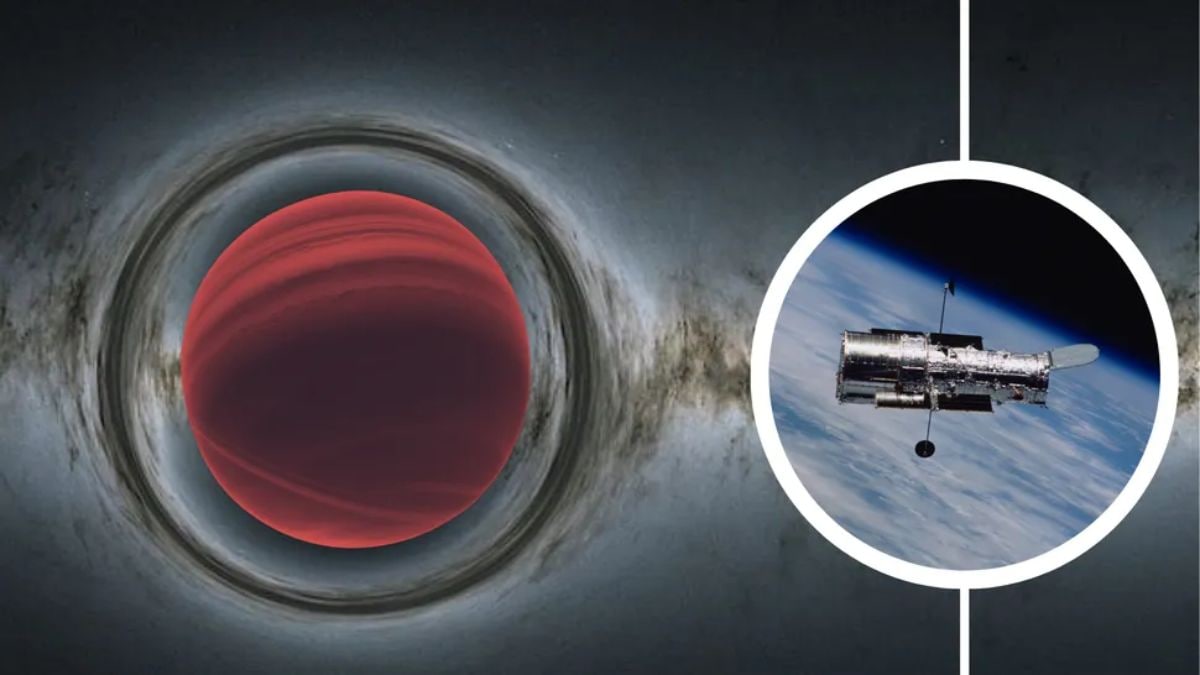
Astronomers discovered {that a} new rogue planet hides within the archival knowledge that was gathered by the Hubble Area Telescope with the assistance of Albert Einstein and the occurring of the occasions by likelihood, resulting in success. These planets are often known as free-floating planets and don’t orbit a star. These are simply ejected from their house techniques due to the planetary interactions. As they lack a bunch star, it’s troublesome to detect them by transit. Nonetheless, the astronomers use microlensing with gravity, Einstein’s 1915 theory-based phenomenon of normal relativity, by which huge objects warp area and bend mild from the background stars.
Einstein’s Principle Helps Detect Hidden Rogue Planet
According to As per Przemek Mroz, a professor on the College of Warsaw free free-floating planets do not orbit any star and drift alone by means of the galaxy. As a way to discover such objects, we have to use the strategy of gravitational microlensing. On the time of utilizing this system, the sunshine of the background star will get magnified quickly. The physicists estimate the mass of the thing by analysing the properties of the occasion.
The newly discovered occasion of microlensing, OGLE-2023-BLG-0524, was seen by Hubble on Might 22, 2023. Noticed by KMTnet, the occasion solely lasted for eight hours and was found within the Galactic bulge by the OGLE survey. The crew dominated out the presence of a bunch star; nevertheless, very close by parts cannot be excluded utterly.
Microlensing Occasion Reveals Free-Floating Planet in Hubble Information
The lens and supply are extra relative to one another; the physicists verify the standing of the thing over time. The motion of 5 milliseconds per 12 months may take 10 years to resolve with the current devices.
Hubble’s knowledge from 1997 let the scientists rule out the brilliant host stars. Mroz mentioned that if the lens had been a brilliant star, we might have noticed it, however we couldn’t. This absence evoked 25%-48% of the doable stellar companions. This analysis is obtainable on arXiv.
